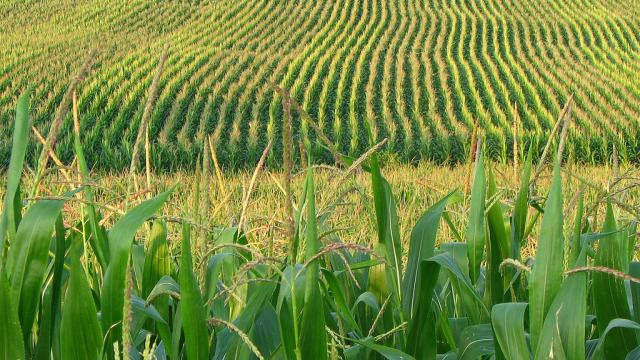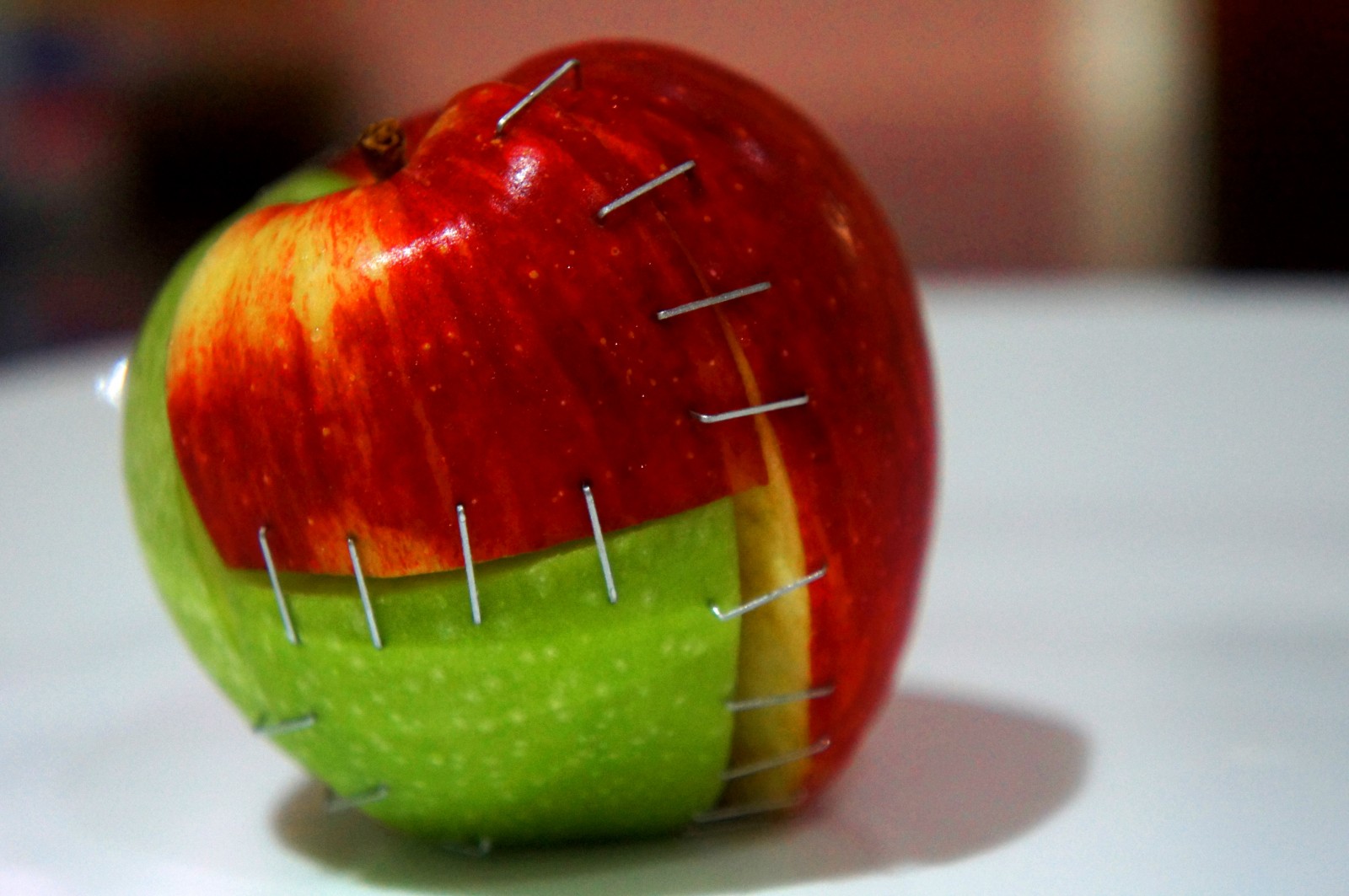
Thanks to the “super food” debate that has raged over the past several years, we’ve been led to believe that these and other types of grains, fruits, and veggies are the key to living a long and healthy life.
From classrooms to media campaigns, we’ve been told that if we eat the proper portions of fruits, grains, and veggies each and every day, we’ll be on the road to a life of optimum health.
But, since the dawn of the agricultural revolution, and particularly over the last 100 years, we’ve been changing the nature of the food that we produce and consume, and as result, removing the vital nutrients from our diets that were once staples of our ancestor’s diets.
Studies published over the last several years show that our current selection of produce is remarkably low in phytonutrients, the compounds that reduce the risk of health ailments like cancer, diabetes, and cardiovascular disease.
We've been systematically stripping phytonutrients from our diet ever since we stopped hunting and gathering wild plants thousands of years ago and started farming our food.
For instance, since our ancestors first began to farm, bitter plants have typically been avoided, because they don't taste as good as starchy, sugary plants.
But, research has shown that some of the most beneficial phytonutrients are in plants, vegetables and fruits that have bitter tastes.
As one example, take a look at corn.
Today, we typically only eat the white and yellow varieties of corn. These types of corn have 1.54 and 70.2 milligrams respectively of anthocyanins, a type of phytonutrient, per 100 grams of dried corn.
But, blue corn, which is nearly impossible to find in any produce section today, has a whopping 99.5 milligrams of anthocyanins per 100 grams of dried corn.
Next, check out greens.
Today, we think that spinach is the healthiest green around.
But there are only .89 milligrams of antioxidants per 100 grams of fresh spinach. That's less than one.
In comparison, wild dandelion greens, which were once staples of Native American diets and which today are considered common weeds, contain a staggering 6.89 antioxidants per 100 grams. Unfortunately, it’s nearly impossible to find wild dandelions at your local grocery store.
Finally, look at apples.
Everyone loves a good Granny Smith or Red Delicious apple, but these varieties of apples only contain 205 and 108 milligrams of phytonutrients per liter of juice.
On the other hand, a Siberian crabapple has 4,606 milligrams of phytonutrients per liter of juice. And, Sikkim crabapples come in even higher than that, at 7,181 milligrams of phytonutrients.
But once again, good luck finding those in the store. They're not as sweet, so nobody wants to buy or eat them.
Prior to the agricultural revolution, indigenous hunting-gathering people lived daily in the hands of Mother Nature. If they didn't understand how she worked, how to sustainably hunt and gather, they wouldn’t survive.
Over millennia, they learned which plants and grains, fruit and veggies would provide the nutrition that they needed. They lived off the Earth, and with the Earth.
But then we began intensive agriculture about 7000 years ago, and everything changed.
Instead of everybody being involved in hunting and gathering food, now only a small number of people managed our food production and remained connected to nature. The rest of us disconnected ourselves from nature, and even began to see nature as our enemy rather than that which gives us life and sustains our lives.
Today, that disconnection has gone on steroids. Food production is controlled by giant transnational corporations like Monsanto, that care more about making a profit than providing nutritious foods to the you and me.
Their goal isn’t to produce foods that contain the most phytonutrients; it’s to produce foods that will help create the largest profits.
And it's making us sick – and making our planet sick – which is why it needs to change.
During World War II, we had “Victory Gardens” where people all across the nation were encouraged to grown much of their own food in their yards. Today, we instead use more water on our grass than we do on our crops.
We need to reclaim our plant heritage, take back our heirloom seeds for all of humanity, and start planting gardens in our green spaces. We need to reconnect with Mother Earth. And we need to use out government to break up the big food monopolies that threaten not just our small farmers and our health, but threaten our entire planet as their genetically modified genes escape into the wild.
It's time to retake control of our food supply.
3 WAYS TO SHOW YOUR SUPPORT
- Log in to post comments












